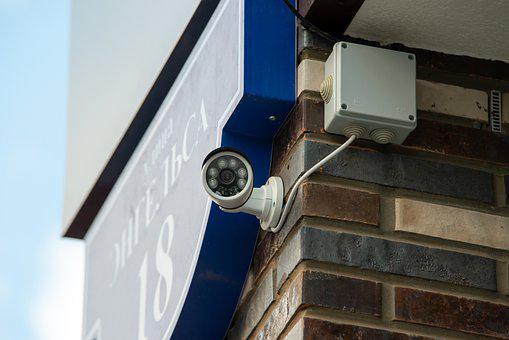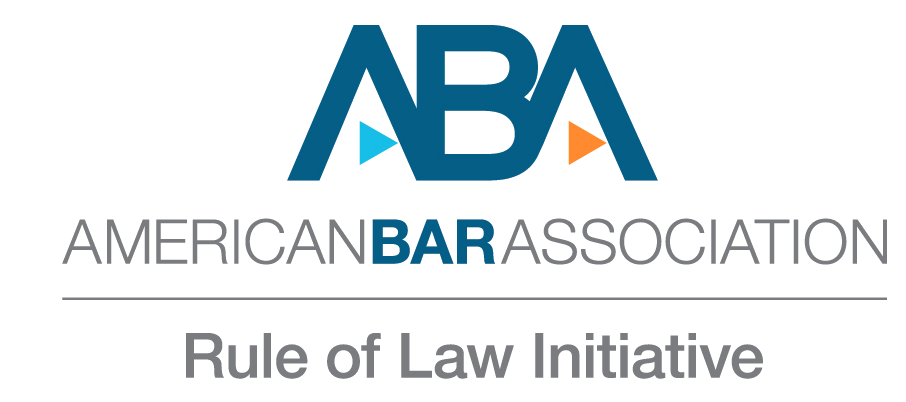At the entrance of most business or official facilities (supermarkets, shops, offices, etc.), we can notice signs about the implementation of video surveillance, i.e. signs of the type “Watch out!” This facility is under video surveillance.” We can assume that these inscriptions are placed as a kind of threat to all potential violators of the rules of those business objects (such as theft, damage to the goods, touching all the goods in order to “inspect” their quality, etc.). However, the video surveillance system records all of us who enter those facilities to complete an obligation. What happens to those recordings, that is, what happens to our personal data in cases where our only “crime” is making silly faces at the cameras to see what we look like on the screens placed around the supermarket?
The Law on Personal Data Protection (LPDP) also covers video surveillance, because through video surveillance, our personal data is processed, and in this case we are talking about our biometric data.
Carrying out video surveillance, i.e. installing a video surveillance system in business or official facilities is allowed in four cases: to protect the life or health of people, to protect property, to protect the life and health of employees due to the nature of the work or to provide control over entry and exit from official or business premises for security purposes only.
The entity that sets up a video surveillance system must first analyze the need for video surveillance, as well as the goals for which such a system is set up and must prove that at least one of the aforementioned goals is met and that there is no better alternative for their fulfillment ( e.g. hiring physical security, setting an alarm, etc.). Furthermore, the entity must arrange this analysis in a separate act, where it will also explain for what purposes the personal data collected through the video surveillance system will be used and determine the period during which the recordings will be kept, which cannot be longer than 30 days, except in special cases established by law. Finally, the subject must provide a notification that video surveillance is being carried out, as well as contact information in order for the subjects of video surveillance to be able to exercise their rights guaranteed under the LPDP.

Source: Pixabay.com
Namely, in our example, if we would like to delete the footage of us making silly faces at the cameras in the supermarket, we should first contact the personal data protection officer or the person responsible for the video surveillance system and inform ourselves about the purposes of the video surveillance and for the period determined for keeping the recordings. Furthermore, we may ask the person responsible to delete the recordings. However, in case the subject does not act on our submitted request, we can submit a request to the Agency for Personal Data Protection of the Republic of North Macedonia. The agency reviews the request and, if a violation of the rights in terms of the Law on Personal Data Protection is determined, it will instruct the subject to act on our request, that is, in this example, to delete the recordings.
The Law on Personal Data Protection prohibits video surveillance in wardrobes, changing rooms, sanitary units and other similar rooms.
Furthermore, setting up a video surveillance system can also be done for the purposes of performing activities in the home or in single-family or multi-family buildings. In the case of performing activities in the home, the Law on Personal Data Protection does not apply, i.e. the same rules and procedures mentioned above do not apply, as long as the video surveillance covers only your property (e.g. your apartment, yard, garage, etc.) but not public areas (e.g. the street in front of your home) or other people’s property (e.g. the neighbor’s yard).
In relation to multi-apartment buildings, the installation of a video surveillance system requires the consent of at least 70% of the tenants (the owners, that is, the tenants of the apartments). As in other cases, video surveillance can only be carried out for the purposes for which the system is set up, that is, if we secure our ownership by installing cameras in the building, the cameras should look towards the entrance of our apartment, and if we want to control the entry and exit of the building for security purposes and thus we install cameras in the corridor of the building, they must face the front door of the building. In multi-apartment buildings, it is forbidden to record entrances to individual apartments of other tenants in the building, because it is not justified by the purpose of installing a video surveillance system. Also, all other tenants must be notified about the start of the operation of the video surveillance system. If we believe that the neighbor does not adhere to these rules, i.e. the legal requirements when performing video surveillance, we can send a request to the Agency for Personal Data protection, just as it applies to business or official facilities.
In modern times, it can be said that we are under video surveillance from the moment we leave our home. Whether we find ourselves on the recordings of one of our neighbors, business buildings, street cameras, supermarkets or shops, it is important to know that they are all subject to the provisions of the Law on the Protection of Personal Data, i.e. no one may unreasonably and without our knowledge process our biometric data.
Author: Nikola Dimitrov, M.Sc
This text has been prepared with the support of the European Union. The contents of this text are the sole responsibility of the partners of the project “Privacy by Design – building an inclusive digital ecosystem” and the author and in no way reflect the views of the European Union.
Share:



























